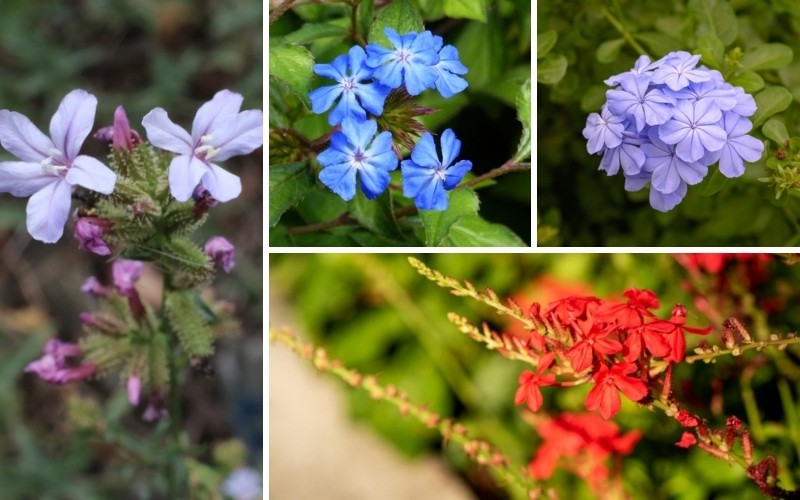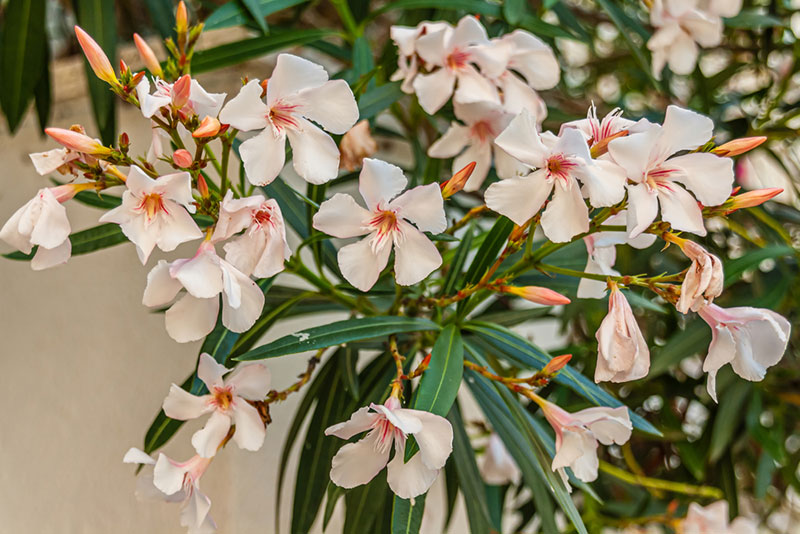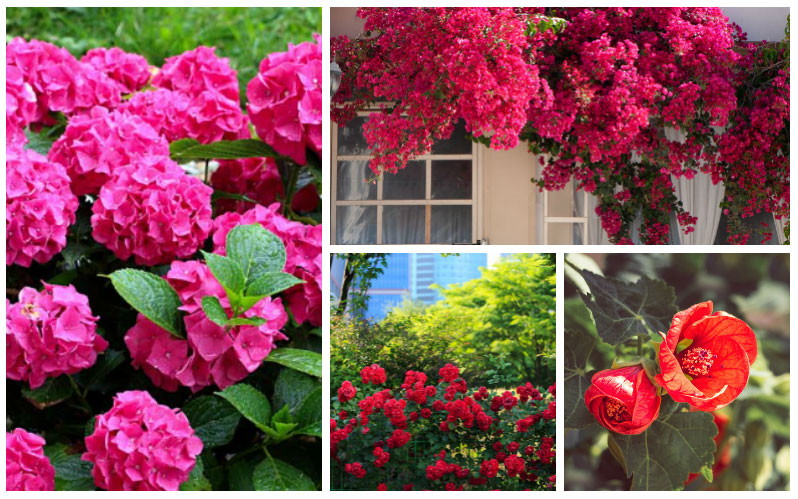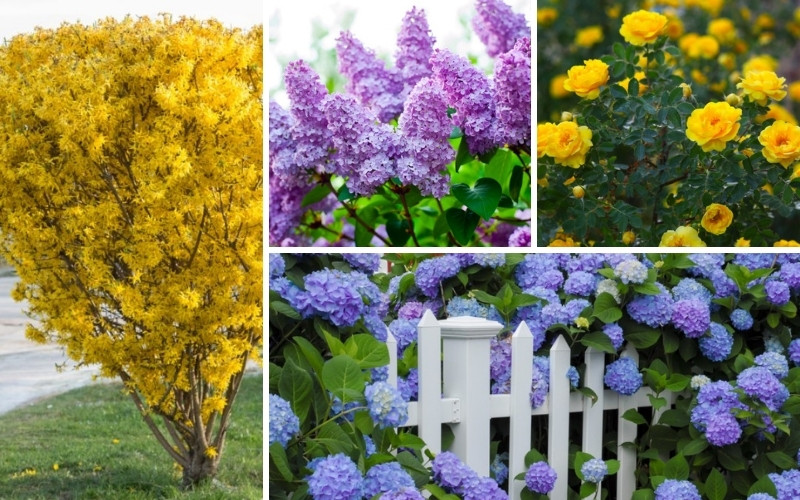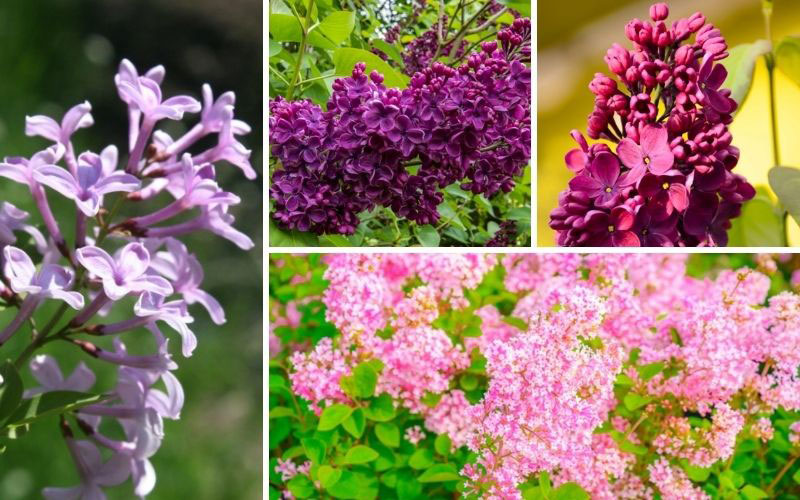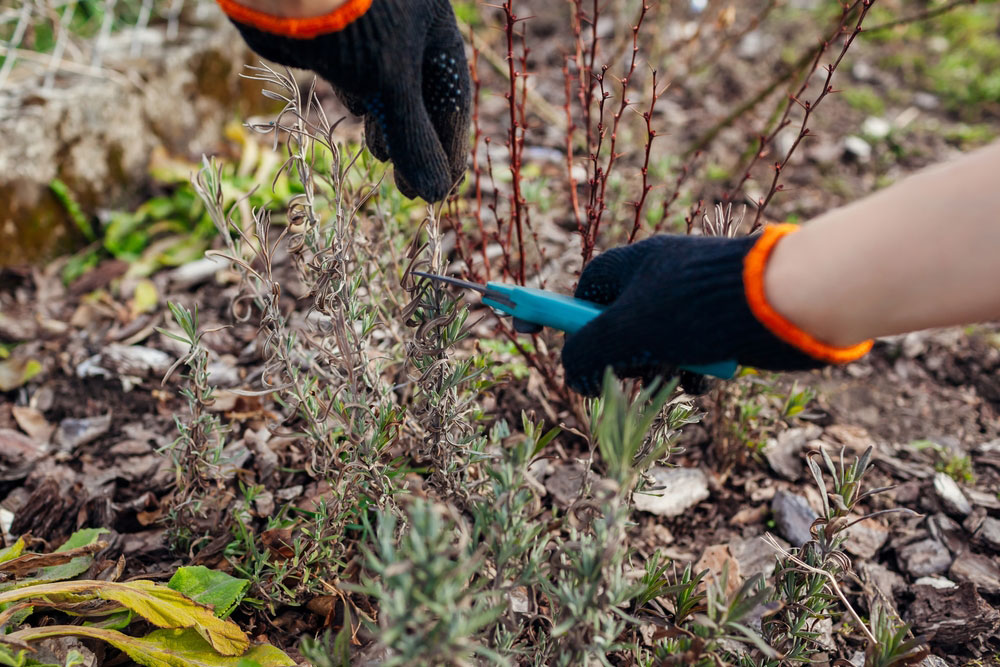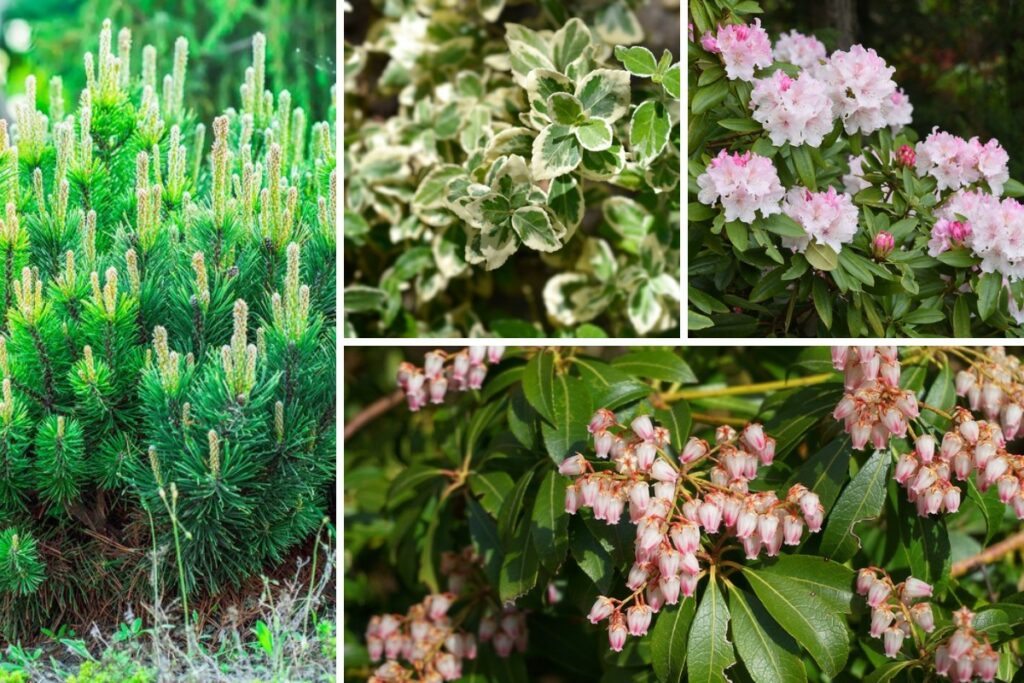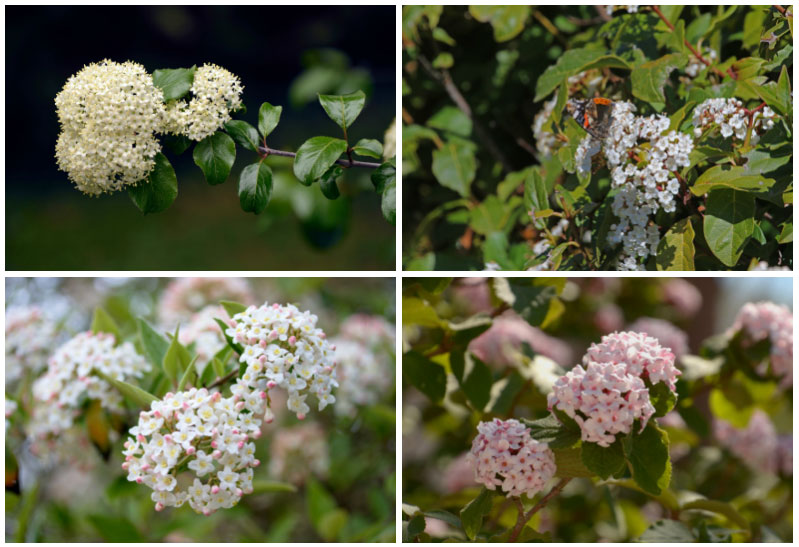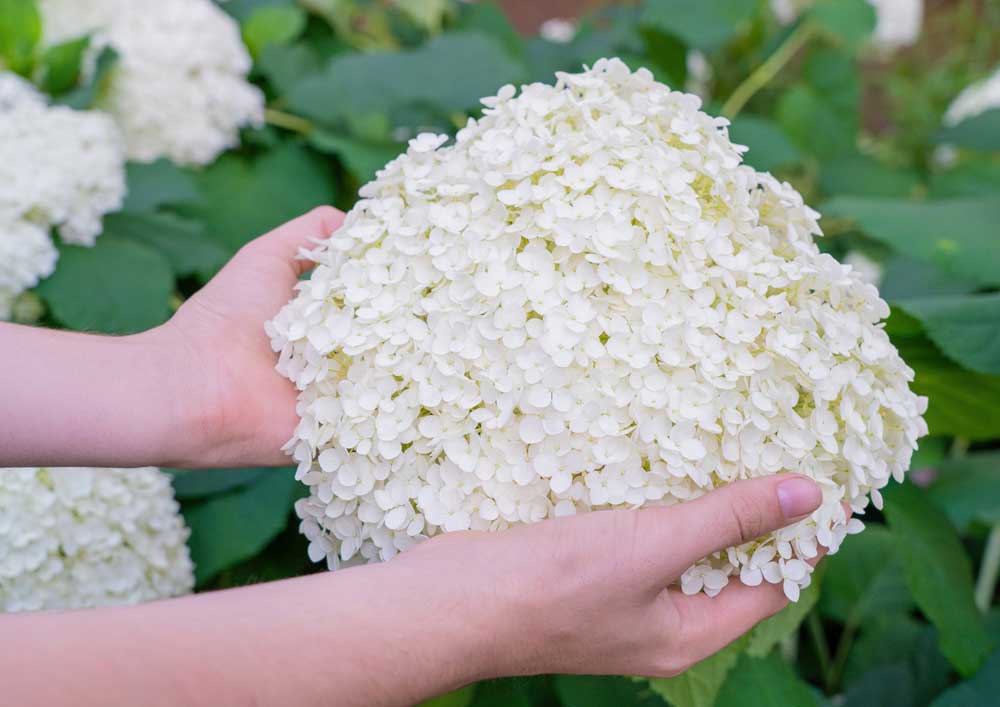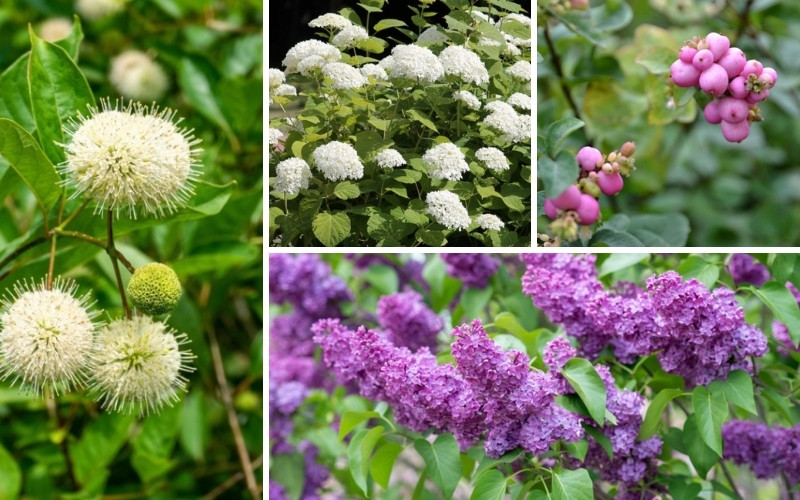
As a homeowner or gardener trying to plant a beautiful garden in clay soil, it can be difficult and frustrating to work with. However, clay soil has many advantages as well as disadvantages. Two of its considerable benefits for plants include holding water well, which minimizes plant stress and abundant nutrients.
Even though it is hard to work with, quite a few plants get along with clay soil just fine!
Please keep reading to learn more about 12 shrubs that do well in clay soil.
Arborvitae
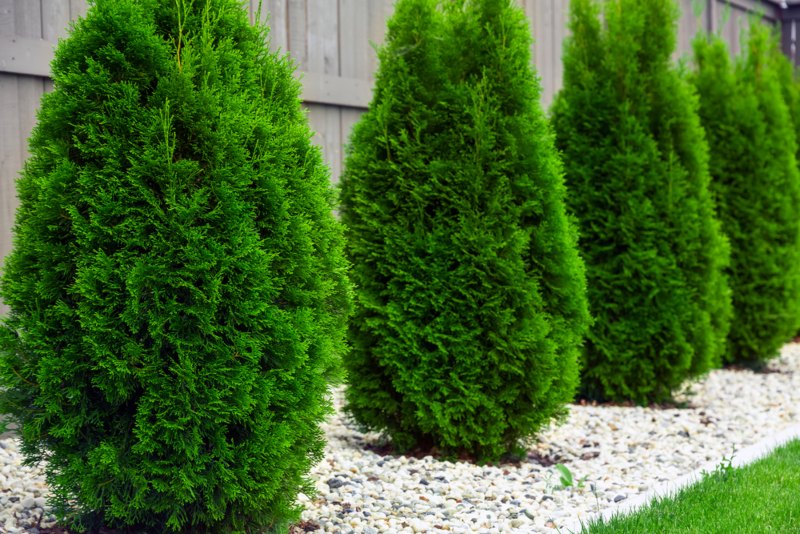
Arborvitaes are evergreen shrubs that are easy to care for. They are hardy, relatively resistant to pests, and perfect for creating hedges or garden borders.
Arborvitaes grow well in sunny spots that also have a bit of shade. These shrubs do best with frequent, small amounts of watering. Their leaves stay green year-round but may sometimes become yellow as the foliage ages. The older, more yellow foliage sheds yearly.
They can be cultivated in the US Department of Agriculture plant hardiness zones 2 through 7.
Aronia
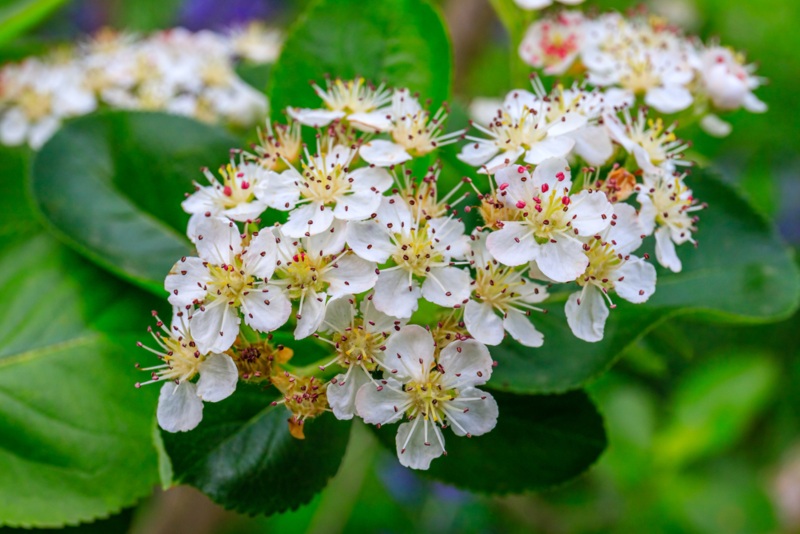
Aronia, or also known as chokeberry shrubs, are low-maintenance shrubs that bear edible fruit.
Aronia prefers to be planted in a spot that receives full to partial sun (at least 6 hours of full sun per day). They can be planted in the spring or fall in moderate weather, with flowers blooming in the spring. The edible blackberry-like fruits appear from late summer to fall. They are suitable to plant in zones 3 through 8.
Mature Aronias prefer moderate water but are tolerant of both drought and excessive watering. It is best to keep the soil moist until the shrub establishes itself.
Buttonbush
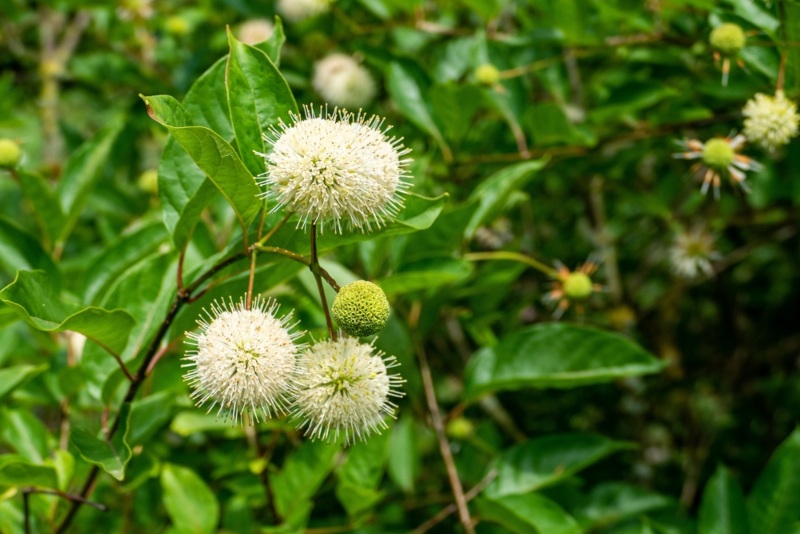
Buttonbush is a tall shrub with fragrant flowers and produces red fruit. It attracts bees, butterflies, and hummingbirds.
Their deciduous dark-green leaves do not change colors in the fall, and the white and pink flowers bloom in the late summer. Buttonbush does well in wet soils and is often planted in water gardens. This shrub prefers to grow in part shade. They do well in a broad range of zones and can be cultivated in zones 5 through 11.
Coralberry
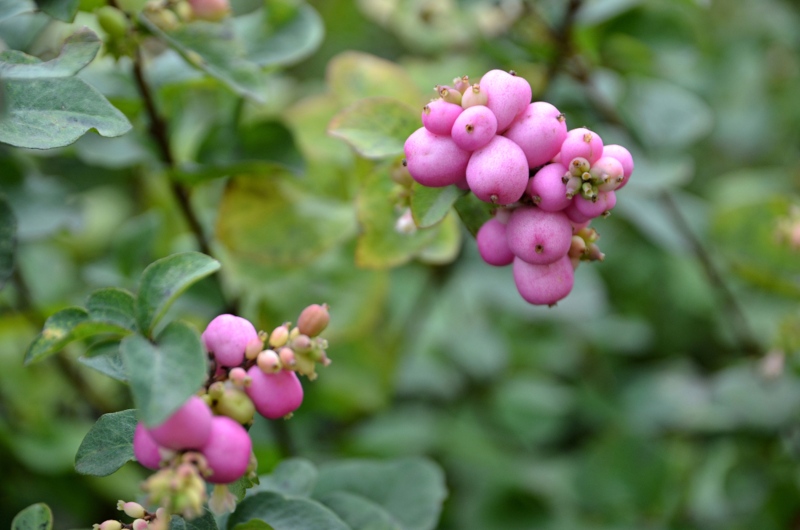
Coralberry shrubs are cute, rounded shrubs known for producing a bright pink fruit in the fall. The color of the berries intensifies as the weather gets colder. This fruit is not edible for consumption by humans, but birds eat it during the winter. This shrub also makes an excellent cut flower for floral arrangements.
Coralberry is incredibly tough, deer-resistant, and hardy in cold weather or tough soils, like zones 3 through 7, making it an excellent choice for clay soil. It prefers part sun to full sunlight.
To ensure the best fruit for bloom, plant in full sun.
Diervilla
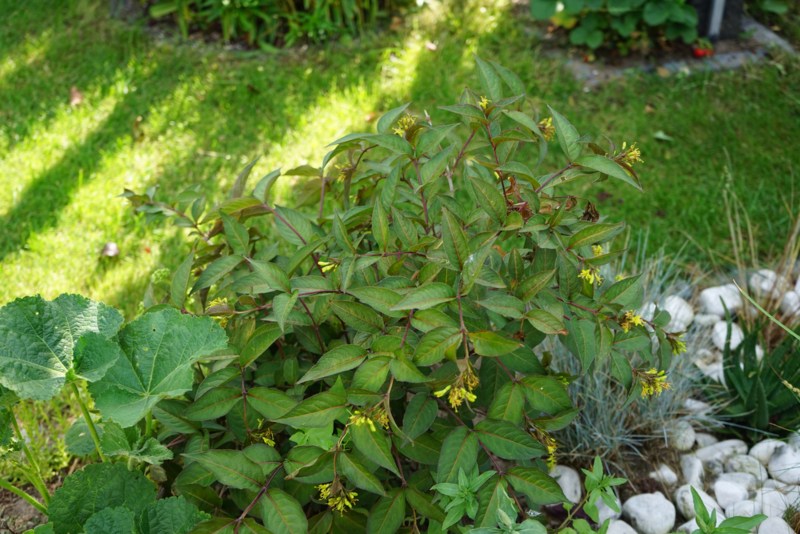
Diervilla is a flowering shrub that is hardy enough to grow in tough soils and is drought tolerant. New growth emerges in the spring and turns bright red for the fall. It is long-blooming, low-maintenance, and a colorful addition to any yard.
Diervilla shrubs do well in most sunlight systems and require low water, making them easy to maintain. It does not even require regular pruning!
Diervilla shrubs grow best in places with cool summers, such as zones 3 through 7.
Dogwood

Dogwood shrubs are another low-maintenance shrub varieties that does well in clay soil. It does well in almost any sun exposure, in all types of soils, and in both wet or dry conditions.
Dogwoods are known for their beautiful right red twigs and stems in the fall and winter. In general, they grow best in zones 3 through 8.
Elderberry
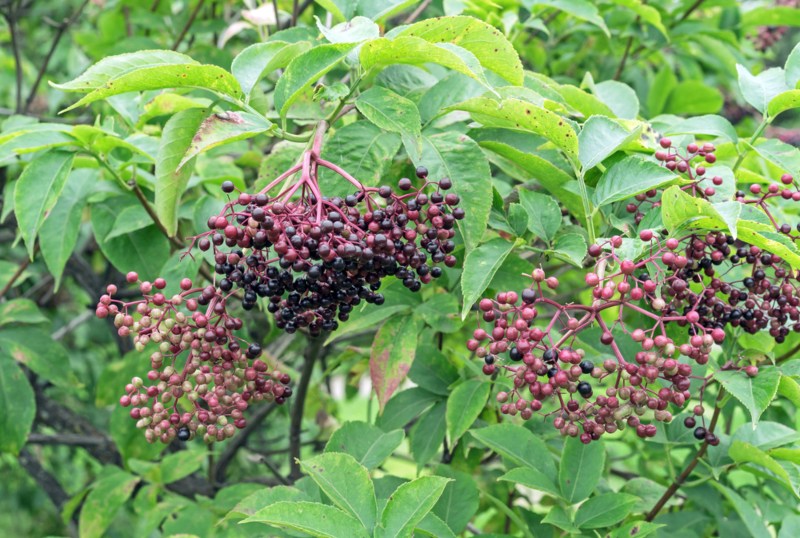
Elderberry shrubs are large and attractive plants that produce beautiful flowers and berries. Elderberries do not reach full-berry production until they are three or four years old, but it is worth the wait. Their fruit is known for its wide medicinal, food, and beverage uses.
They aren’t picky about soil but prefer cooler climates and full sunlight, although they are hardy enough to adapt to part shade. They grow well in zones 3 through 7.
For better growth, add nitrogen-based fertilizer to their roots yearly.
Forsythia

Forsythias are flowering shrubs that produce beautiful yellow blooms, sure to brighten up any garden. While they thrive in full sunlight, they are still relatively easy to care for.
To produce the best forsythia shrubs, make sure to plant them in well-draining soil and mulch around their base yearly, and watering regularly. However, do not make their soil too moist, as they won’t grow well.
They need six hours of full sun for proper bloom and are hardy from zones 5 through 9.
Forsythias do need to be pruned, as they can quickly become overgrown. The best time to prune them is once a year, right after they’ve finished blooming.
Honeysuckle

The honeysuckle bush is easy to grow, adaptable to many different types of soils and light levels. Most honeysuckles grow well in hardiness zones 5 through 9. They are low-growing, suckering plants, meaning that they spread by pushing up new shoots around the perimeter of their original base.
Honeysuckles are great to grow for soil stabilization and erosion control. They produce tubular flowers in late summer that attract bees, butterflies, and hummingbirds. Honeysuckles are very hardy and grow well in clay.
Lilac
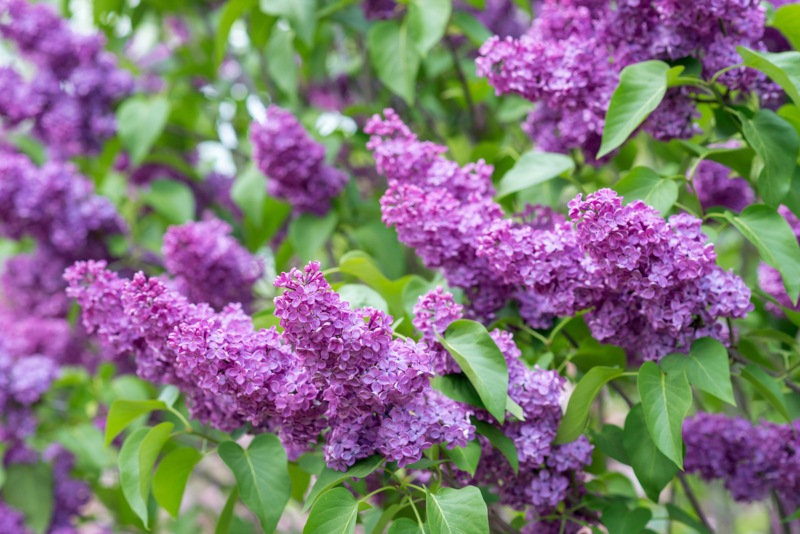
Lilac bushes are deciduous shrubs that produce beautiful, fragrant purple blooms in the spring. Their leaves are greenish and do not change colors in the fall. Lilacs are recommended for climates with cool summers, zones 3 through 8, and will not do well in hot, humid areas.
Lilacs prefer full sun, as that’s best for their blooming, although they will tolerate some shade. They also like a more moderate amount of soil moisture as too much water can cause root rot. Mature lilac bushes only need watering during drought.
Smooth Hydrangea
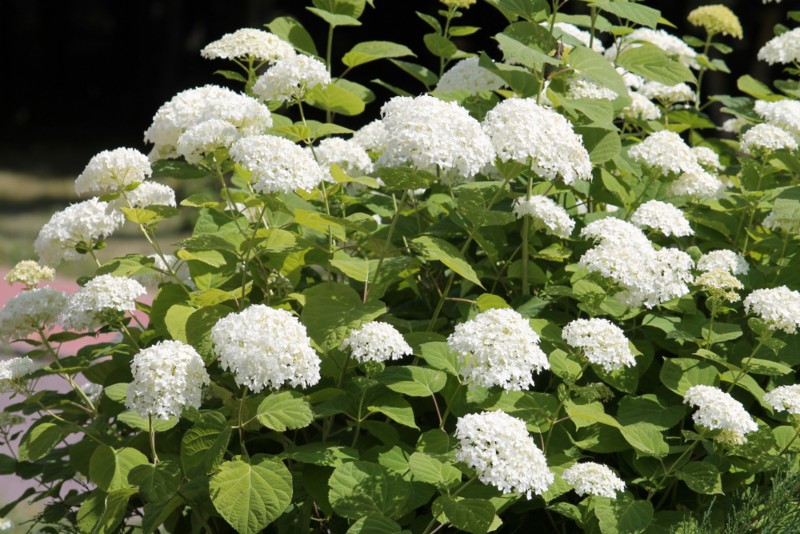
Smooth hydrangeas are beautiful, deciduous, popular shrubs with giant white blooms. They are native to the southeastern United States and have no significant insect or disease problems.
Also known as wild hydrangeas, smooth hydrangeas do best in moist but not too wet, soil and part sun, part shade locations. They don’t do well in periods of drought, and the leaves will start to wilt if they don’t get enough water. They grow well in zones 3 through 9.
Hydrangeas do best when planted in the early summer or fall.
Weigela
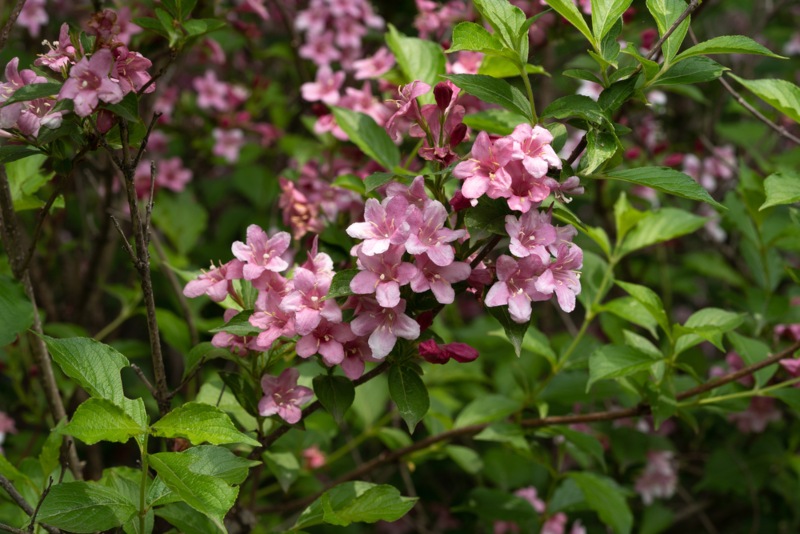
Weigela shrubs are deciduous plants that produce vibrant blooms in late spring in various pink, red, yellow, or white colors. They prefer full sun exposure and uniformly moist soil. Weigelas are hardy in zones 5 to 8.
Weigelas are dense shrubs popular in ornamental landscaping, attracting beautiful hummingbirds and butterflies when they bloom.
Wrapping Up
There are quite a variety of beautiful, hardy shrubs that do well in clay soil. If you are unsure whether a particular shrub will do well in your area, talk with a local gardening center expert to see what will fit your garden.





